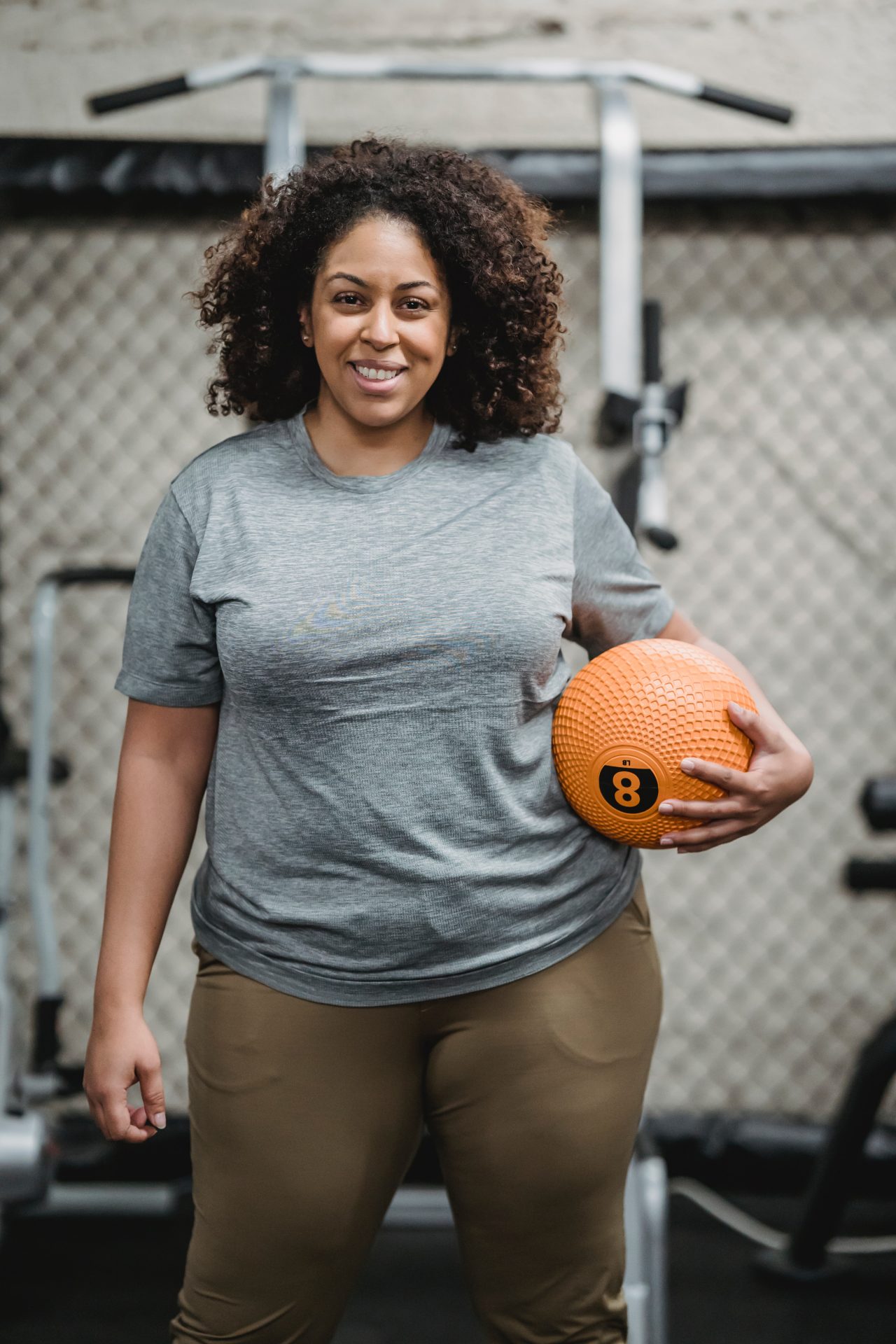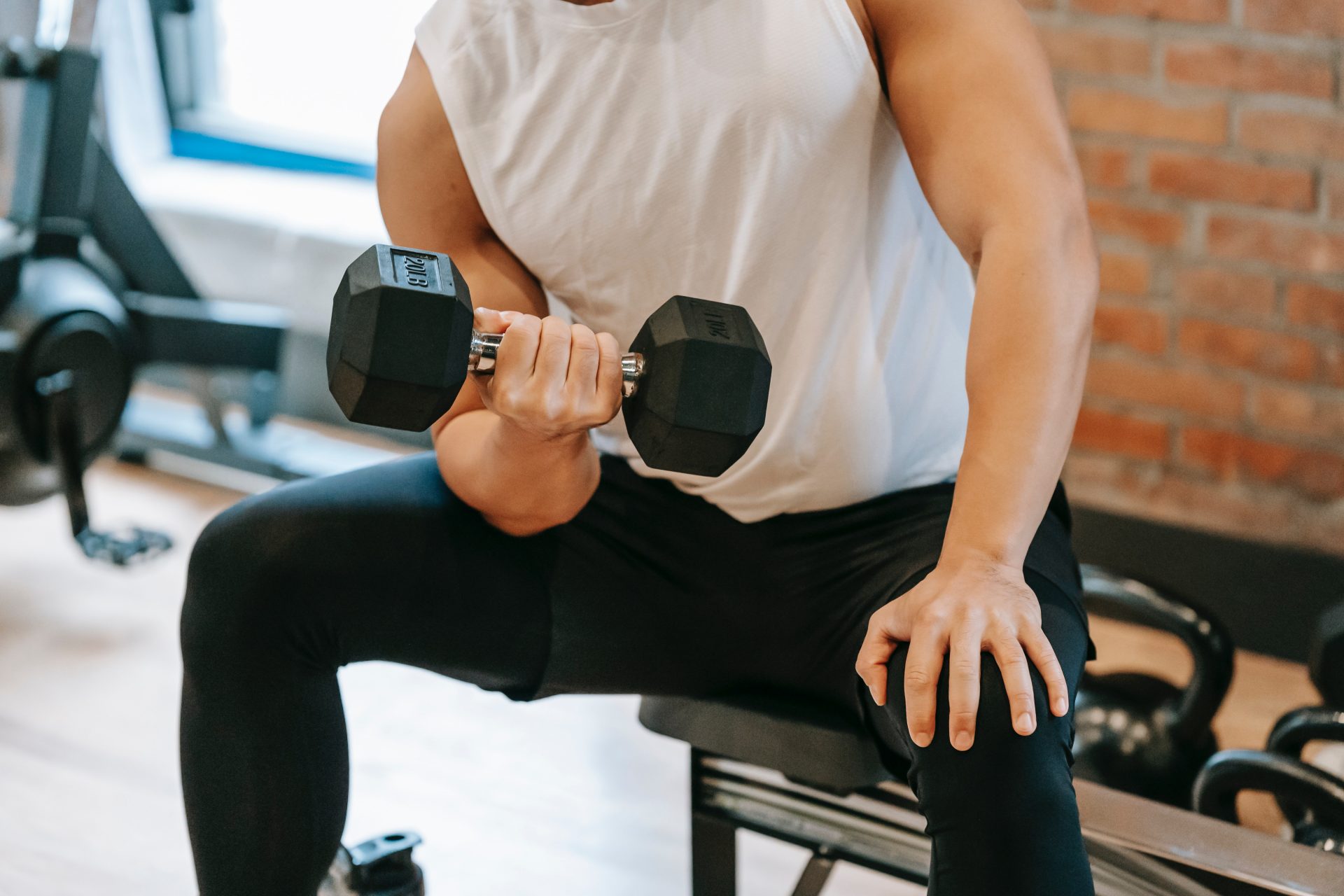Strength training with hypermobility is much different than it is for those who are not hypermobile. In this article, I discuss the basic steps to follow when strength training with hypermobility.
- Strengthening is a must
- Strength train three days a week
- Always make strengthening your focus
- Good stability and technique is paramount
- Move the weight around your body, not the opposite
- Don’t lift more than you can control
- Myths and difficulties around hypermobility and strength training
Strengthening is a must
When you have hypermobility, strength is your long-term solution. If you are not working on your strength, inherently, you are getting weaker.
Weakness is always going to be your enemy; whether it is because you are sick, or busy, it works against you.
That means that you have to accept some long-term principles, like the frequency of your strength workouts.
Strength train three days a week
And that doesn’t mean that you’re lifting weights with hypermobility for a month, or six months, or two years. That means this week, next week, next year, regardless of your busy work, your life, and your fatigue.
Some people like to stick to an every other day type workout schedule, but that isn’t necessary.
It is more important that you are doing something regularly, as opposed to getting caught up in trying to keep a certain schedule and not being able to keep it.
Always make strengthening your focus
Not all workouts need to have weights, but all of your workouts should involve effort towards building strength.
When we discuss strength training, most think of lifting weights at a gym. But, that doesn’t always have to be the case!
Strength training can come in many forms, and if the gym is your cup of tea, then use it. If not, don’t sign up.
Find what will work for you, such as bands, bodyweight exercises, or gentle strength classes, once you have reasonable control and stability.
And, unfortunately, stretching does not constitute strength training. Yoga, foam rolling classes, or nightly stretching won’t fill this requirement.

Good stability and technique is paramount
When strength training, keep in mind –
“All strength must focus on good stability and good technique with controlled movements working muscles evenly across a joint.”
This means that when you’re working on strength training, you have to know what muscles are supposed to be working and use them.
People with hypermobility are master compensators. We can do almost anything with anything!
If you don’t use the muscles you are supposed to or control your movement correctly, then you can do lots of reps that do absolutely nothing for you.
So, if you have ever felt like you have wasted your time doing exercises in the past and like you didn’t gain any strength, this is often the reason why.
The more you know, the more you can change that and get stronger.
So, move the weight around your body, not the opposite
And with controlled movement, that includes moving weight around your body, instead of moving your body around the weight.
If you think you might be moving your body around the weight instead of the opposite, try this quick test –
Try a bicep curl with a weight, or if you don’t have a weight at home, a filled, heavy water bottle or soup can will work.
If you’re arching your back as you lift the weight, you are shifting your body under the weight to make it easier to lift.
Now you hold your trunk steady and move from your elbow; you can see the difference.

This type of movement will take far more work, and you’ll more than likely be sore after your strength workout if you have never trained this way before.
Don’t lift more than you can control
When you’re strength training with hypermobility, more is not better; the right amount is better.
So, this means that if you need to start with active movement, with no weight because that makes your muscles tired, then do it.
Don’t think if you push harder and do more; it will work better or faster. It won’t. But you will likely be uncomfortably sore the next day.
And remember, you don’t have to do exercises that you don’t like doing!
There are multiple strength training exercises for hypermobility that are effective with modifications depending upon where you’re at on your strength training journey.
Myths and difficulties around hypermobility and strength training
More isn’t always better
I often hear complaints from hypermobile individuals that they have already been told they need to work out more.
They have dutifully tried either with physical therapy or a gym only to end up more sore and with more pain than before.
After about four weeks, they couldn’t continue. If this is your history, don’t get discouraged.
Often people follow this path because they use exercises that are too advanced for them, use the wrong muscles to do the exercises, or don’t stabilize their joints correctly.
This inherently causes and aggravates sprains that will create more pain and muscle spasms.

Alignment and pain affect your ability to strengthen
When strength training with hypermobility, using correct alignment is paramount.
As with any joint injury, if you don’t use it correctly and in the right position, it doesn’t get stronger no matter how many sets and reps you do.
Don’t waste your time. If you are going to put the time into getting stronger, make sure it is working for you.
And, keep in mind, you shouldn’t and can’t push through the pain.
The pain will shut off your muscles and make it so that you can’t use them, think of this as a circuit breaker. If you hit pain and your body shuts it off, doing more doesn’t get you any stronger.
Start out slow and listen to your body
Start small with any movement when strength training with hypermobility. Sometimes it is hard to see that little things can be big building blocks to bigger movements.
Be sure to stop when you hit pain or when you hit the end of the movement. Add repetitions of the level you are at, but don’t try to force anything.
As soon as you force something, it is the weakest area that will give first, not necessarily the area you are focusing on.
You don’t want to reinforce the wrong muscles or the wrong pattern. This is a waste of your time.
Strength training with hypermobility
When you have hypermobility, you have to make accommodations for yourself to decrease pain and increase strength.
By adding a strength training program to your routine, three times a week, and by following these suggestions, you will ideally see a significant difference.
Just remember, you always need to be making an effort towards strength training with hypermobility.
Looking for an online support team? Join the Hypermobility Solution Facebook Group here!

About Kate

Kate Skinner is a Doctor in Physical Therapy, co-founder of Great Divide Physical Therapy, and creator of Hypermobility Solution.
Recent Posts


